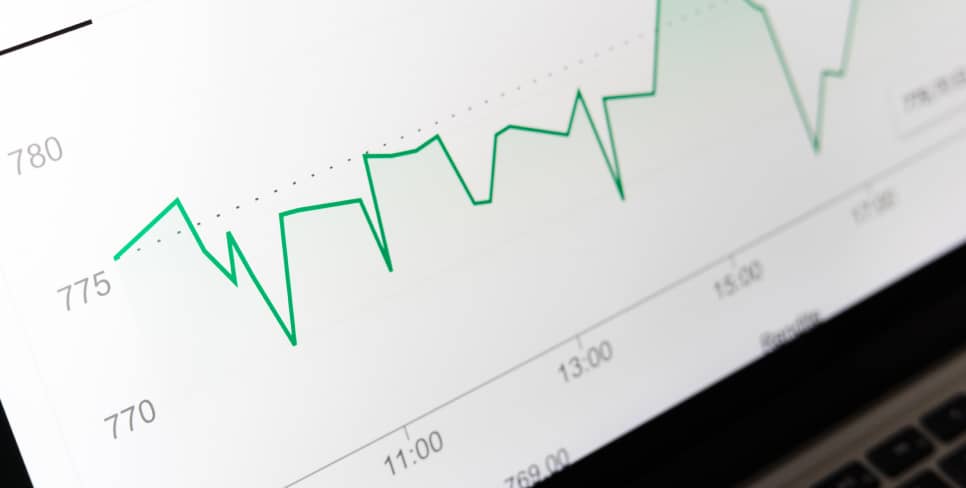Business Insights
Why measure?
To get the best results from your website it is important that you are continually improving it. The process of continual improvement involves a series of cycles. Each cycle consists of 3 phases and takes approximately 4-6 weeks. The three phases are:
Measure > Review > Tune
- Measure: Allow at least 1 month for collecting data (1 month)
- Review: At the end of Measure phase, look back at the results to determine ways to improve the website further (1 day)
- Tune: Once you have determined the priorities for improving in the Review phase you need to implement these (approx 2 weeks)

Without measurement you never really know if the changes you are making to your website are improving it or making it worse. The first step to improving your results should be measuring your website's performance as it stands.
We can recommend ideas and changes to improve your website and we have plenty of articles to help you, but every website, business, target audience, industry and niche is different. The more experience you have, the more you have studied best practices, the more educated your ideas for improving your website will be, but no-one really knows for certain without measuring.
Incremental changes - An iterative approach

We recommend that you make the improvements to your website in small increments for each cycle.
If you make too many changes to your website and you find out later in the cycle that you are seeing a negative impact, it is a frustrating and time consuming task to determine which of the many changes is causing the negative results. Often the only way to find the problems is to wind back your changes and begin the cycle over again. We also understand that you have limited time and resource to dedicate to the website. There is only so much you can do each cycle to improve your website.
So with this in mind it is important that you focus your efforts on those changes that are hopefully going to have the greatest impact. The changes that are going to generate the greatest number of sales or leads.
We recommend that you schedule a regular period for reviewing your website results and making improvements.
How to measure effectively

There are many different possible approaches to measuring the performance of your website, but a few key areas worth looking into are:
Website load speed
How long does it take for your website to load onto your customer’s device? For business websites, Google recommends to keep your page loading speed at 2 seconds or less. Having a fast-loading website is crucial for running your business online. The longer it takes for your website to load, the more likely your customers will lose interest in your business.
Content
What types of content do you put out on your website? Do you have complete information available about your company, services and products? How do you structure your content? The amount and quality of content you publish on your website has the power to attract, persuade, and convert visitors. It is important to keep your content relevant, complete, and up to date on your website.
404 errors
A 404 error is an HTTP status code indicating that the page that a visitor is trying to access is currently unavailable in the web. For business websites, 404 errors often mean a dead end for users,and is a critical point where customers can either choose to head to a different page, or leave your website altogether. 404 errors can also negatively impact your website’s SEO health. Minimising 404 errors will help you ensure a smoother user experience for your customers and improve your website’s SEO.
Traffic
The amount of visitors you get on your website says a lot about the effectiveness of your marketing efforts. Measuring the amount of traffic and where most of your visitors come from lets you know which marketing channel is helping you get the most return on investment. Moreover, knowing which pages your customers frequent lets you know their preferences and where they are in the buying journey.
Conversion rate
Your website’s conversion rate is one of the most important metrics to keep an eye on when measuring your website’s performance. It tells you how many people are taking action on your website through signing up to your email list, booking appointments, making a call or completing purchases in relation to the amount of traffic you get. The goal is to create a good balance between the amount of traffic you get and your total conversion rate.
Reporting
When measuring various website performance indicators, you can expect to get different reports explaining how your website is performing in relation to these metrics.
With reporting and statistics, there is often too much information and it is easy to overload. We understand you probably have little time to analyse your reports, so we have designed our reports to deliver the most important stats to help you make a quick informed decision.
There is an art to understanding these reports. What you really need is a process or step by step guide to reading and understanding reports. You need to be able to quickly and easily find the problem areas to fix or the areas that are going really well which with some further improvement will provide the greatest return on investment.
Explore More Topics

Elevate Your Online Presence with Zeald, Your Premier Google Partner
Discover the power of partnership! This esteemed status places us in the top 3% of Google’s trusted collaborators globally, a testament to our expertise in digital marketing. ensuring your campaigns are not just managed, but optimised for exceptional performance.
